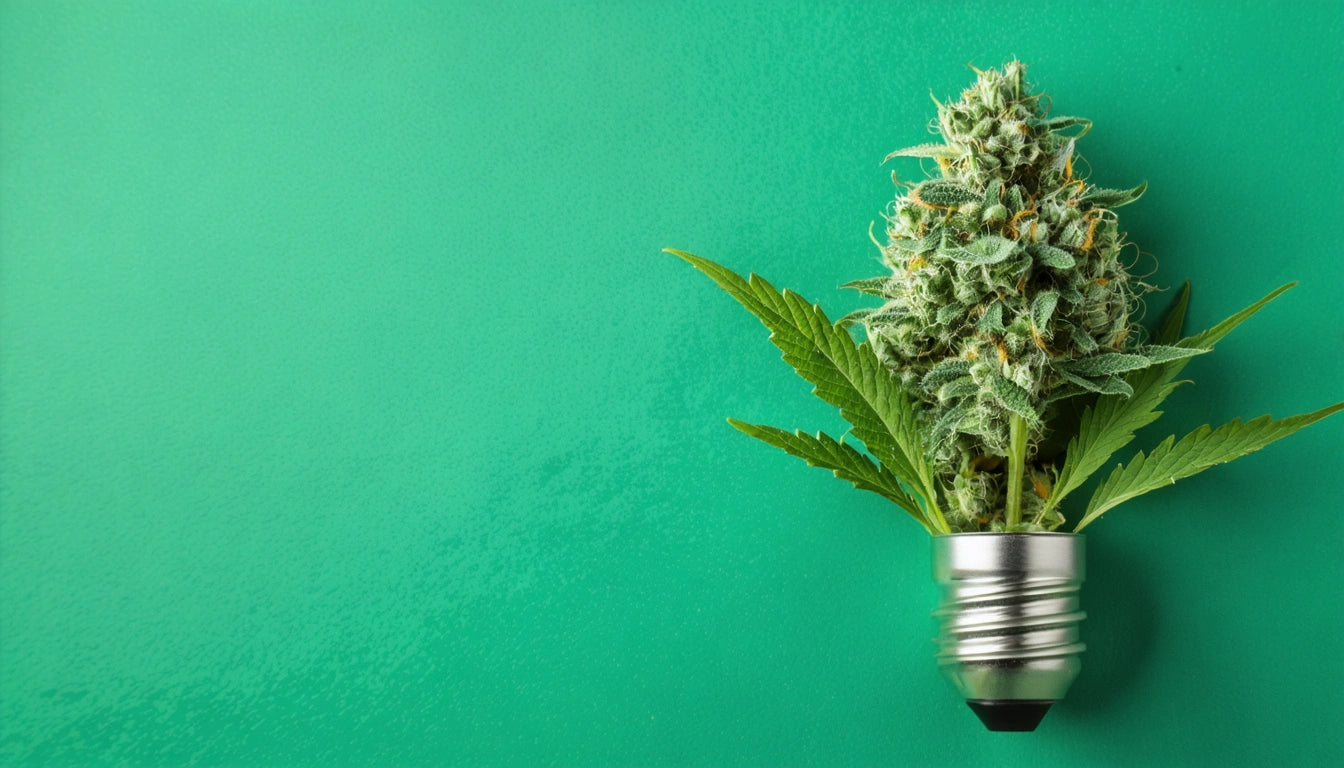Table of Contents
Terpene Shield Explained: Why It Matters for Flower
Cannabis flower quality depends significantly on proper storage conditions, with terpene preservation being a critical factor in maintaining product value. Terpene Shield technology represents an advanced approach to protecting these volatile compounds through controlled humidity environments. This innovation addresses the cannabis industry's ongoing challenge of preserving product freshness from production to consumption.
Understanding Terpene Shield Technology
Terpene Shield refers to specialized humidity control systems designed to maintain optimal relative humidity (RH) levels that protect cannabis terpenes from degradation. These aromatic compounds are responsible for the distinctive flavors and effects that consumers seek in premium flower products.
The technology works by creating a microclimate within packaging that prevents both excessive dryness and moisture, conditions that can rapidly degrade terpene profiles. According to research on terpene preservation, maintaining specific humidity ranges can extend terpene shelf life by up to 62% compared to uncontrolled storage environments.
Preserving Cannabis Quality Through Humidity Control
The Science Behind Terpene Degradation
Terpenes are highly volatile organic compounds that begin to evaporate at room temperature. Environmental factors that accelerate terpene loss include:
- Temperature fluctuations
- Light exposure
- Oxygen contact
- Humidity imbalances
When storing larger quantities of flower, proper humidity control becomes even more critical. Many producers use specialized storage solutions for bulk cannabis that incorporate Terpene Shield technology to maintain product integrity throughout the distribution chain.
Comparison of Humidity Control Options
Several humidity control products offer terpene protection capabilities, though with varying effectiveness. Comparative analysis shows that two-way humidity control systems outperform traditional one-way humidifiers in maintaining consistent RH levels.
Optimal RH Levels for Different Cannabis Strains
Not all cannabis varieties benefit from identical humidity levels. Strain-specific characteristics influence optimal storage conditions:
Indica-Dominant Strains
Denser flower structure typically benefits from slightly lower humidity levels (58-60% RH) to prevent potential mold issues while preserving the often myrcene-rich terpene profiles.
Sativa-Dominant Strains
Looser bud structure often allows for slightly higher humidity levels (60-62% RH) to maintain limonene and pinene terpenes that contribute to their characteristic effects.
For long-term storage, experts recommend maintaining consistent RH levels between 58-62%, regardless of strain type, to balance terpene preservation with mold prevention.
Implementation Strategies for Producers and Retailers
Implementing effective Terpene Shield systems requires strategic planning and operational adjustments:
Production-Level Implementation
Integrating humidity control into post-harvest workflows is crucial. Best practices include introducing humidity packs during the final curing phase and maintaining controlled environments throughout packaging operations.
Retail-Level Strategies
Dispensaries and retailers can maintain product quality by:
- Storing inventory in climate-controlled environments
- Utilizing humidity control products in display and storage containers
- Educating staff on proper handling procedures
- Monitoring humidity indicators regularly
Retailers who implement comprehensive humidity control programs report higher customer satisfaction and reduced product returns due to quality issues.
Monitoring and Maintenance of Terpene Shield Systems
Effective terpene preservation requires ongoing monitoring and maintenance:
Indicator Systems
Modern humidity control products often include color-changing indicators that signal when replacement is necessary. Understanding these indicators helps maintain optimal conditions without guesswork.
Replacement Schedules
The frequency of humidity pack replacement depends on several factors:
- Container size and seal quality
- Initial moisture content of the flower
- Ambient environmental conditions
- Frequency of container opening
For optimal performance, tracking replacement schedules and implementing inventory rotation systems ensures consistent terpene protection.
The Future of Terpene Preservation in Cannabis
The cannabis industry continues to innovate in terpene preservation technology. Emerging trends include:
- Smart packaging with integrated humidity sensors
- Terpene-specific preservation systems tailored to individual strain profiles
- Sustainable, biodegradable humidity control options
- Consumer education initiatives highlighting proper storage practices
As consumer sophistication increases, brands that prioritize terpene preservation through advanced humidity control systems will likely gain competitive advantages in the premium flower market. The integration of Terpene Shield technology represents not just a quality control measure but a fundamental component of brand value and product integrity.











Leave a comment
All comments are moderated before being published.
This site is protected by hCaptcha and the hCaptcha Privacy Policy and Terms of Service apply.